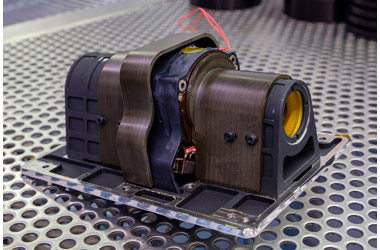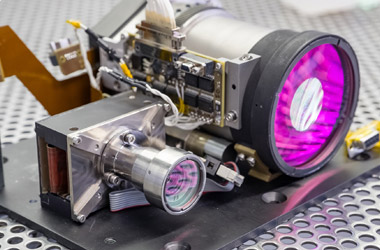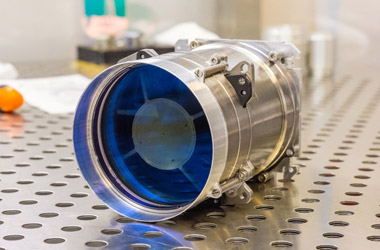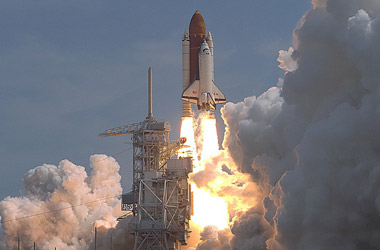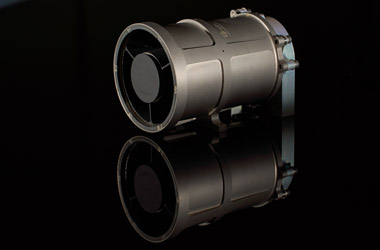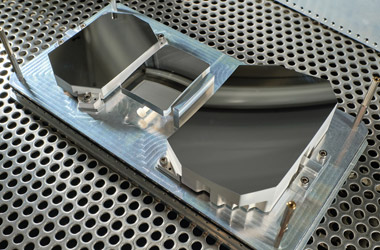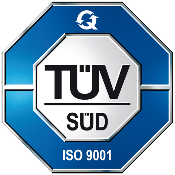
- Project: STS-55
- Date: 26 Aprile 1993
- Client: OHB Italy
STS-55 Columbia
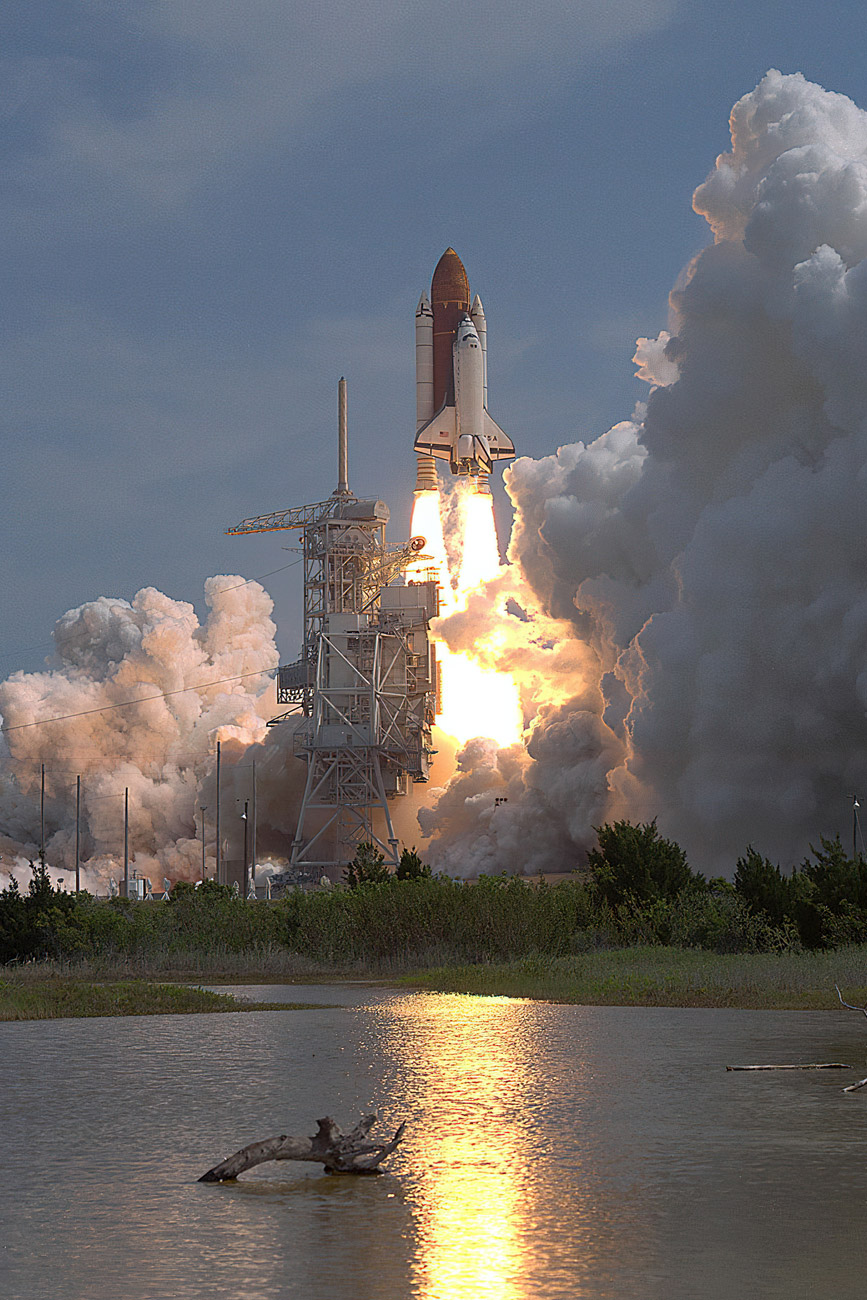
OUR Projects
STS-55 Columbia demonstrated the shuttle's ability for international cooperation, exploration, and scientific research in space.
The Spacelab module and an exterior experiment support structure contained in Columbia's payload bay comprised the Spacelab D-2 payload. The first German Spacelab flight, D-1, flew Shuttle mission STS-61-A in October 1985. The United States and Germany gained valuable experience for future space station operations.
The D-2 mission, as it was commonly called, augmented the German microgravity research program started by the D-1 mission.
OPTEC has realized the optical instrument for the ESA's Advanced Fluid Physics Module (AFPM).
The mission surpassed the 365th day in space for the Space Shuttle fleet and the 100th day of flight time in space for Columbia, the fleet's oldest Space Shuttle orbiter, on its fourteenth flight.
Optec: Leading Space, Defense and Innovation
Others Missions
Feel free to contact Us
Get in touch with us
Credits: NMI

